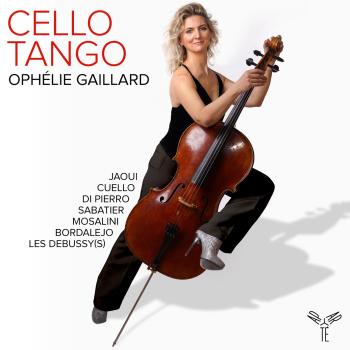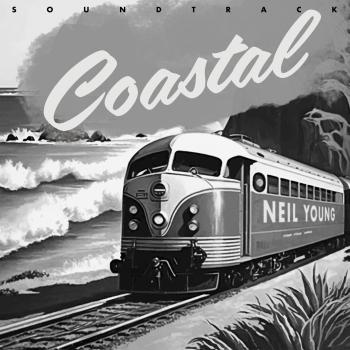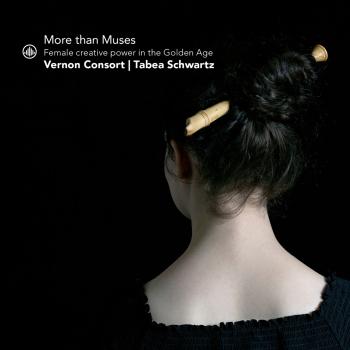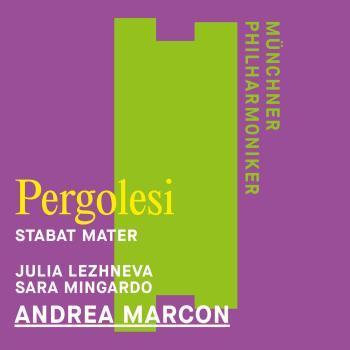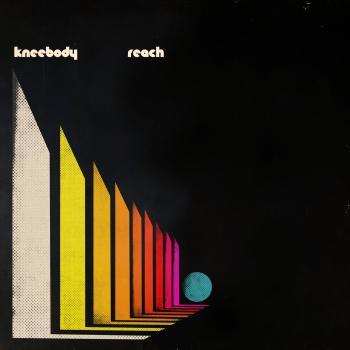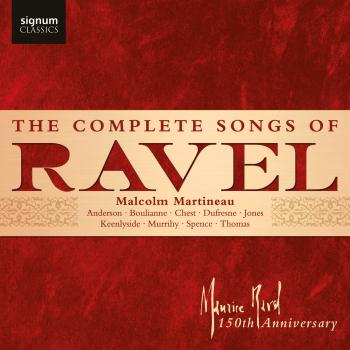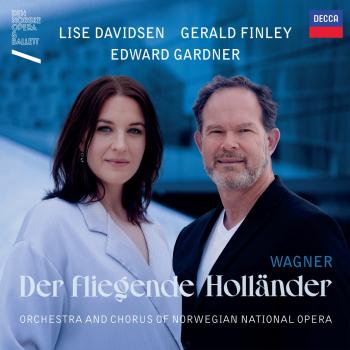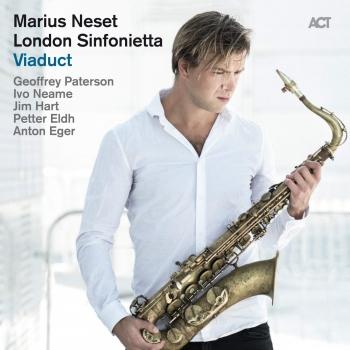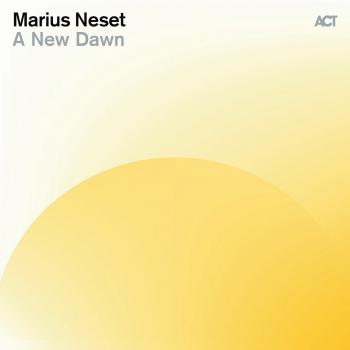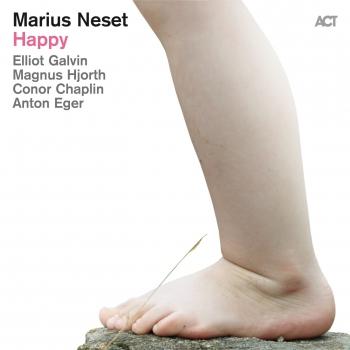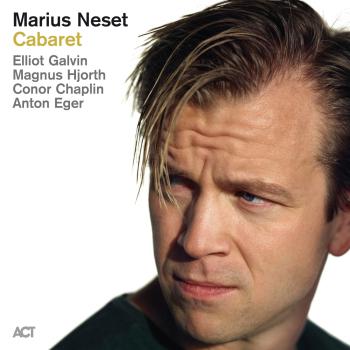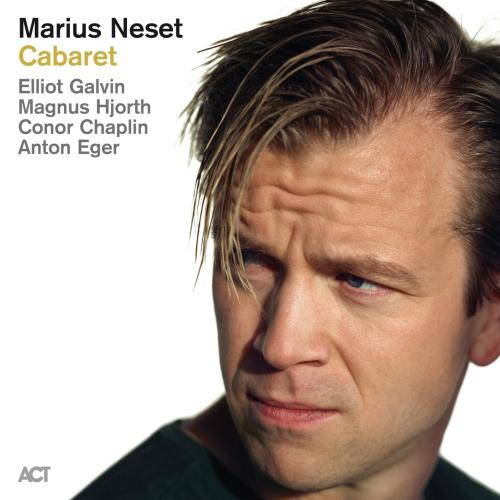
Cabaret Marius Neset
Album info
Album-Release:
2025
HRA-Release:
28.02.2025
Album including Album cover Booklet (PDF)
- 1 Cabaret 05:36
- 2 Hyp3rsonic Cabar3t 05:42
- 3 Song for Maja 07:11
- 4 P11 03:35
- 5 Midsummer Beats 04:58
- 6 The Ocean 06:07
- 7 Quantum Dance 06:56
- 8 Forgotten Ballet 03:50
- 9 Lizarb 04:40
- 10 Wedding in Geiranger 06:49
Info for Cabaret
A band like a five-piece orchestra. Breathtakingly multi-layered music, full of virtuosity and inexhaustible imagination.
Cabaret: a song and dance or two, some jokes, hummable tunes, and perhaps some sparkles - right? OK, but know that this cabaret is informed by a breathtakingly wide-ranging musical imagination. Now you have a better idea what to expect from the latest inspired work from Norwegian saxophonist and composer Marius Neset. The players on the album “Cabaret” are the same as on Neset’s striking 2022 effort, “Happy”: Elliot Galvin (keyboards), Magnus Hjorth (piano), Conor Chaplin (electric bass) and Anton Eger (drums & percussion). “Happy” was the first time they played together as a quintet, lending it a freshness in discovery. Now, though, they are a seasoned working band: “we’ve played a lot of concerts, and the interplay is different”, recapitulates Marius Neset. After recent releases featuring Neset’s widescreen large ensemble writing for the London Sinfonietta including an appearance in the programme of BBC Proms at Royal Albert Hall, a solo saxophone record, and a through-written duo suite with classical piano star Leif Ove Andsnes, a new project with the quintet was “a bit like coming home again”, says Marius Neset. But not do the same thing again. “The whole thing is about developing the music”.
The five reconvened in the celebrated coastal retreat of Norway’s Ocean Sound Studio, which Marius Neset used for 2015’s ‘Pinball’, to tackle music in which “every single note was composed for these specific musicians”. That again exploits the sound of two keyboards. Neset thinks orchestrally, and the combination of Magnus Hjorth on acoustic piano - mainly focussing on melody - and Elliot Galvin’s texturally varied electric keyboards offers “enormous possibilities” for the composer. The new pieces also expand the envelope rhythmically, posing challenges for bassist Conor Chaplin and Anton Eger on drums - “the most dedicated musician I’ve ever met” - who puts enough closely targeted energy into the music to light a small town. A clue lies in the mysteriously titled ‘Hyp3rsonic Cabar3t’, the first piece here Neset wrote. The numerals signify the 33 beat rhythmic cycle that animates it, to mesmeric effect. Five other songs use the same figure, in very different ways. The listener may not realise, says Neset, but “it’s the most conceptual album I’ve ever made”.
All this made for a memorable time in the studio. “Putting something like this together means making lots of choices the whole time. It’s hard. I’m getting better at throwing things out, but I don’t feel I understand more - it was very intense!” That effort comes out in the best possible way. Neset’s music is often dense and intricate, but needs players who can tackle it like him, with a kind of focussed abandon. And there’s plenty of that here. The listener is on a roller-coaster ride, following songs that are rich in contrasts, torrential melodic invention, and shifting dynamics. Many influences are mixed in, notably hints of Joe Zawinul’s melodic and textural signatures, and traces of one-time mentor Django Bates’ puckish humour. But the whole record, from the virtuosic sax playing on tenor and soprano - where a technique the equal of Michael Brecker meets a melodic sense to rival that of any horn player alive - to the compositional detail, is pure Neset.
There is so much packed in here. The madcap dance of the two opening titles is offset by the cool lyricism of ‘Song for Maja’, the effervescence of ‘Midsummer Beats’ succeeded by the stately voyage of ‘Ocean’, the energy of ‘Quantum Dance’ by the wistfulness of ‘Forgotten Ballet’, while ‘Wedding In Geiranger’, written to mark Neset’s own betrothal last summer, ends the set with a theme like a freshly minted folk song. It’s an eventful and dramatic journey, after which the listener will surely want to begin again.
Marius Neset, tenor and soprano saxophone, EWI
Elliot Galvin, keyboards
Magnus Hjorth, piano
Conor Chaplin, electric bass
Anton Eger, drums, percussion
Marius Neset
was born in 1985, in Bergen, a sleepy Norwegian harbour town that’s home to the internationally renowned Nattjazz Festival (Neset won the Talent Award there in 2004). Besides his love of jazz in its widest sense, the saxophonist-composer also grew up listening to bands from the so-called ‘Bergen wave’ of post-rock such as Royksopp (and from there on to Radiohead) through to the great classical composer of his hometown Edvard Grieg as well as more contemporary art music. “I love being in the mountains, and silence is a music as well. Maybe it’s because I’m from Norway I feel this,” he says. It accounts for the huge diversity and fluidity of movement between different elements of so-called genres that’s been a key characteristic of Marius Neset’s music to date.
When only 5 years old, before taking up the sax, he took lessons on drums and this has had a significant impact on his approach to composition in particular. “I think the drums gave me a rhythmic base that was very important. I learnt very young to play in these odd meters so I think I have a very natural feel for it,” he says. Neset, in live performance, also has the uncanny ability of making one saxophone sound like two or three.
In 2003 Neset moved to Copenhagen to study at the Rhythmic Music Conservatory. The great English pianist and large ensemble arranger Django Bates was professor there at the time and became Neset’s mentor. The saxophonist went on to become the star turn in Bates’ student big band StoRMchaser recording a CD Spring is Here (Shall we Dance?) in 2008. Meanwhile Neset also released his debut Suite for the Seven Mountains that year on the Danish Calibrated label. Besides a string quartet, it featured the Swedish drummer Anton Eger, who alongside Neset was also a leading member of Scandi-fusion boy band JazzKamikaze. In 2010 Django Bates took him to London to play at a concert at Kings Place marking his 50th birthday. Neset also appeared as a guest in Django Bates’ long time ensemble Human Chain at the famous Ronnie Scott’s club. Recorded by BBC Jazz on 3 he wowed the audience with his contrast of lightening virtuosity and tender, ethereal lyricism. One of those blown away was Dave Stapleton head of the fast emerging UK independent jazz label Edition Records.
Edition signed Neset to the label in 2011. GoldenXplosion, featuring a quartet that included Django on keys and the Scandi-Brit trio Phronesis’ rhythm section of Jasper Hoiby and Eger, was released to glowing press reviews with The Guardian writer John Fordham accurately predicting Neset would be, “on his way to being one of the biggest new draws on the circuit”. By the time of his second CD on Edition Birds in 2012, Neset had started developing his penchant for larger ensemble music and a widescreen palette of instrumental sound.
Still only 29 years of age, Neset is successfully hitting the international stage, and being talked about as a big tenor in a lineage that extends from the post-bop Americans from Michael Brecker, Chris Potter through to fellow Norwegian Jan Garbarek. But there’s a lot more to one of Europe’s brightest young stars than that. “I’m very inspired by people like Frank Zappa, Django Bates, Pat Metheny and Wayne Shorter where the music and the playing is one,” he has said. Neset’s classy, cohesive composition and arranging skills have come into even sharper focus with a new album Lion released in 2014, his debut for the Munich-based ACT, one of Europe’s leading jazz labels, in a collaboration with the celebrated Trondheim Jazz Orchestra, whose former collaborations have boasted the likes of Chick Corea and Pat Metheny. It was originally a commission to compose for the 13-piece orchestra (in a lineup that includes tuba player Daniel Herskedal, a fellow student at RMC who together released an impressive duo album Neck of the Woods in 2012.) for a concert at the 2012 Molde Jazz Festival. “After the premiere in Molde, these compositions felt so special that we decided to record this album and play many more concerts with it,” he says.
Booklet for Cabaret

